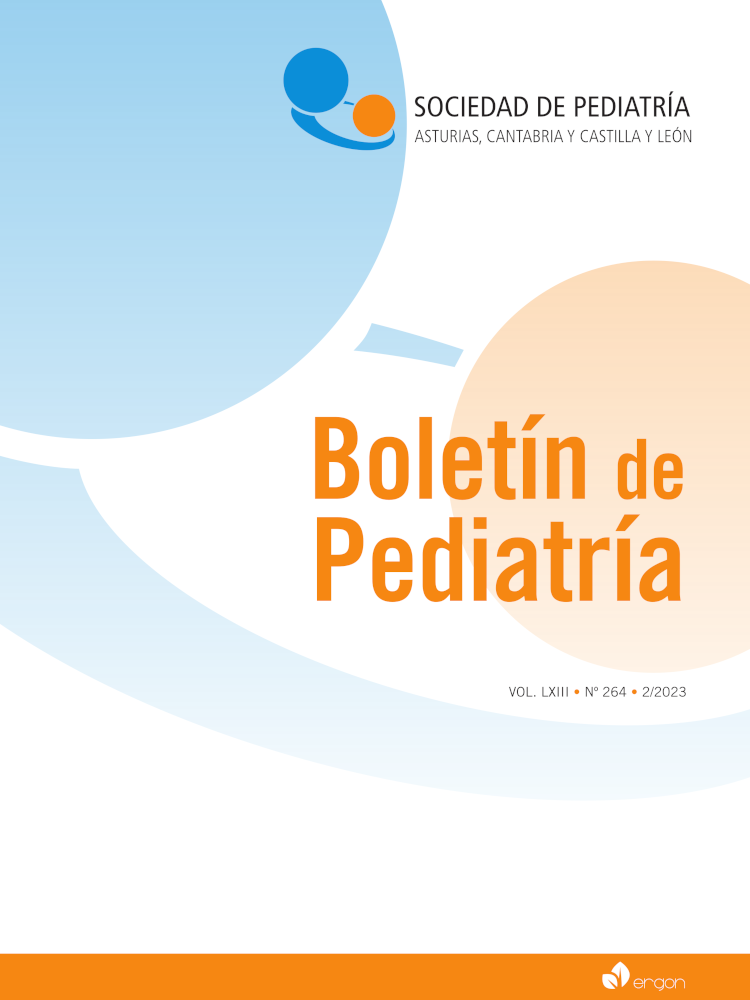Abstract
Introduction. Extraintestinal manifestations in inflammatory bowel disease have a variable prevalence of 6-47%, within which cutaneous manifestations in pediatric age account for 10-15%, the most frequent being pyoderma gangrenosum and erythema nodosum. They usually present an adequate clinical evolution, in spite of this it is important to make a correct diagnosis with early treatment. Our objective is to present three clinical cases of dermatologic manifestations of inflammatory bowel disease from our practice.
Case 1. Leukocytoclastic vasculitis associated with ulcerative colitis in an 11-year-old male patient. He presented good response to treatment with corticotherapy and immunomodulator. Case 2. 8-year-old male with erythema nodosum associated with Crohn´s disease. Good clinical response with exclusive enteral nutrition and immunomodulator. Case 3. 15-year-old woman with guttate psoriasis associated with anti-TNF treatment for Crohn´s disease. Resolution after withdrawal of the triggering agent.
Conclusions. Dermatological manifestations in pediatric age are less frequent than in adults. They usually have a mild and self-limited course as in the case of our first two patients. The third case is presented as a cause of cutaneous manifestation secondary to maintenance treatment of the underlying disease.

This work is licensed under a Creative Commons Attribution-NonCommercial 4.0 International License.
Copyright (c) 2024 Boletín de Pediatría
